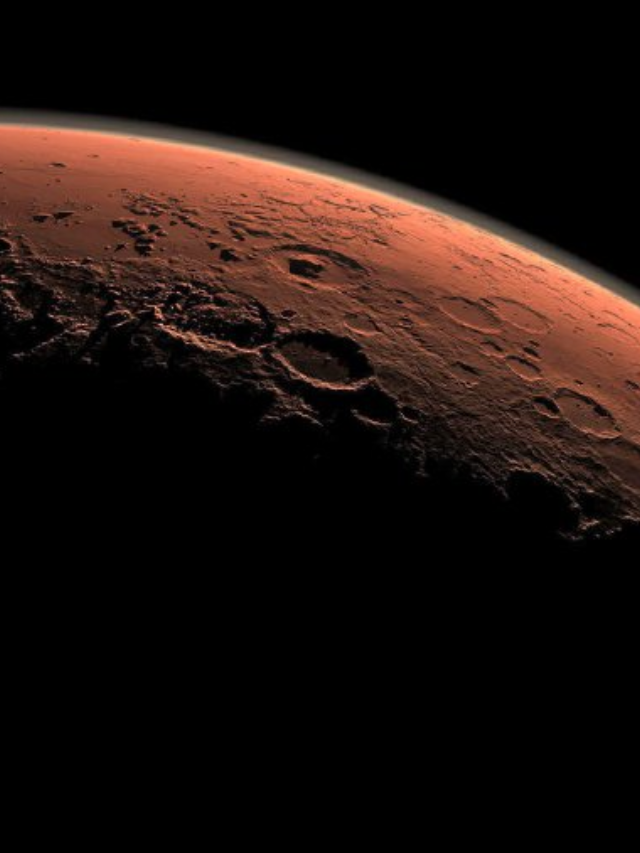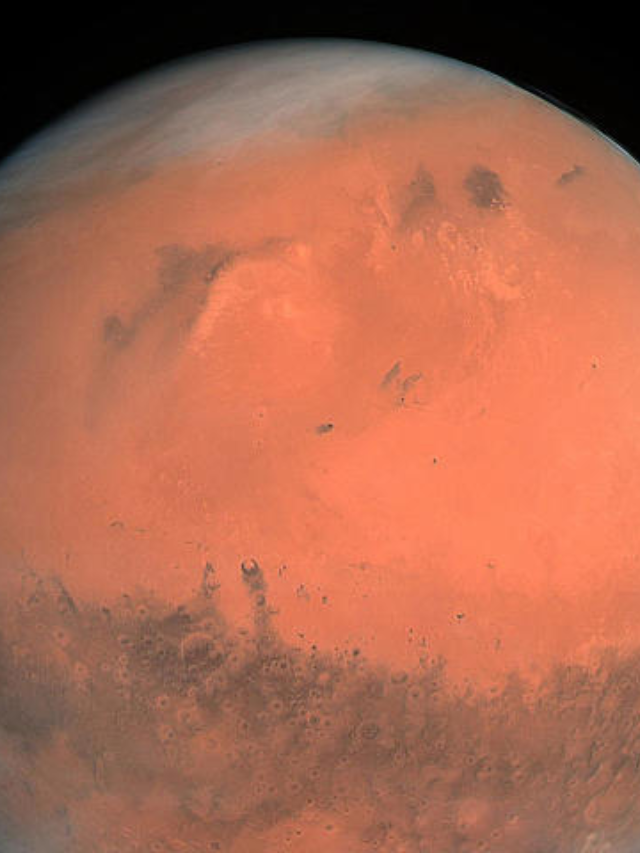
Mars experiences marsquakes, but not all are underground. Many are caused by...meteorite strikes!

Data from NASA's InSight lander reveals frequent meteorite impacts on Mars. Its seismometer detected seismic events linked to a specific atmospheric signature of meteorites entering the Martian atmosphere.

These newly identified quakes are super fast, happening in fractions of a second, and are classified as Very High Frequency (VF) events. They are distinct from quakes caused by tectonic activity.

Traditionally, scientists estimated Martian meteorite impacts by comparing crater counts to lunar craters. But Mars is more susceptible due to its mass, gravity, and proximity to the asteroid belt.

Unlike the Moon, Mars' dusty surface makes crater identification difficult. Sandstorms further obscure craters with dust and debris.

InSight's SEIS instrument detects seismic waves from meteorite impacts, just like tectonic quakes. A large quake linked to a 150-meter wide crater is a key example.

VF quakes are the fastest ever detected on Mars, due to the high speed of meteorites. They are linked to new craters identified by the Mars Reconnaissance Orbiter. Additional undetected quakes likely correspond to smaller, harder-to-see craters.

By analyzing SEIS data, researchers estimate 280-360 VF quakes occur annually. This finding increases the number of Martian impact craters and helps us understand surface age and potential hazards for future missions. The impact rate may even help predict periods of higher or lower impact frequency.